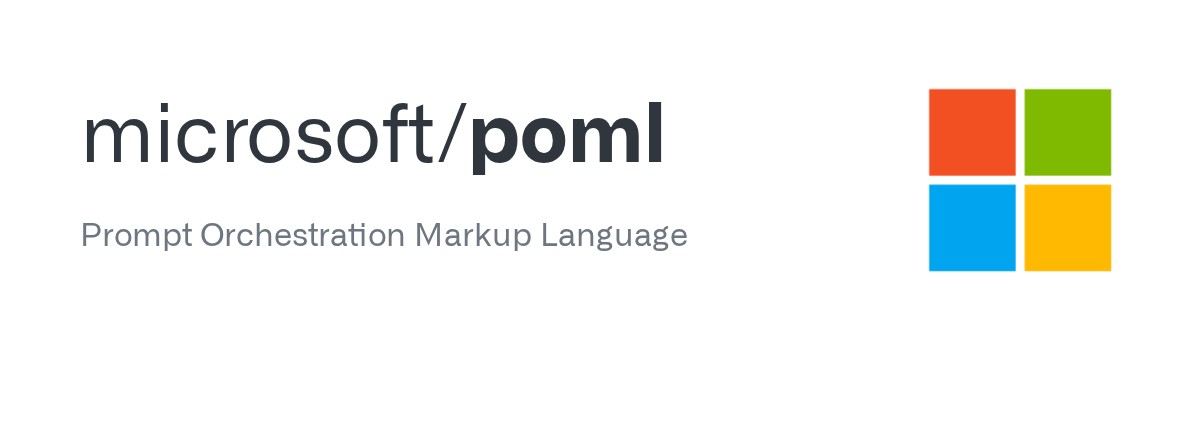
Follow WOWNEWS 24x7 on:

Microsoft has officially launched POML, or Prompt Orchestration Markup Language, a groundbreaking open-source framework designed to bring structure, modularity, and scalability to prompt engineering for large language models. With the rise of generative AI across industries, developers have long struggled with fragmented prompt formats, brittle logic, and poor maintainability. POML aims to change that by offering a declarative, HTML-like syntax that transforms how prompts are built, styled, and reused.
This release marks a major leap forward in making prompt development more systematic, collaborative, and production-ready.
What is POML and why it matters
POML introduces a markup language specifically tailored for orchestrating prompts in LLM applications. It mirrors the structure of web development languages like HTML and XML, allowing developers to define roles, tasks, examples, and embedded data using semantic tags.
Key highlights include:
1. Declarative structure using tags like role, task, and example to organize prompt logic
2. Native support for embedding external content such as documents, tables, and images
3. A styling layer inspired by CSS that separates formatting from logic
4. A built-in templating engine for variables, loops, and conditional logic
5. SDKs for Node.js and Python to integrate POML into existing workflows
This modular approach allows teams to iterate faster, reduce formatting errors, and collaborate more effectively across multi-step workflows.
How it works
POML adopts a model-view architecture similar to modern web frameworks. The markup defines the structure and presentation of prompts, while external code handles data access and decision-making.
For example, a prompt for teaching children about photosynthesis might include:
- A role tag defining the speaker as an instructor
- A task tag outlining the learning objective
- A document tag linking to a PDF overview
- An example tag showing input-output pairs with formatting styles
This separation of concerns makes it easier to swap components, test variants, and maintain consistency across different use cases.
Developer tools and integrations
To support adoption, Microsoft has released a Visual Studio Code extension that provides:
- Syntax highlighting
- Code completion
- Hover documentation
- Live previews of prompt output
In addition, SDK packages for Node.js and Python allow developers to embed POML into their existing systems and LLM pipelines. This means teams can build, test, and deploy prompts with the same rigor as traditional software components.
Real-world impact and early feedback
Early adopters report significant improvements in prompt clarity, reusability, and testing. Teams working on customer support bots, educational tools, and enterprise automation have found POML especially useful for managing complex logic and integrating diverse data sources.
Some of the most appreciated features include:
- The ability to define reusable templates for common tasks
- Easier debugging of prompt behavior across different LLMs
- Reduced cognitive load when onboarding new developers
Why this matters now
As generative AI becomes central to business operations, the need for scalable and maintainable prompt engineering is more urgent than ever. POML offers a standardized way to build robust, flexible, and transparent prompt systems that can evolve with changing requirements.
It also signals a shift toward treating prompts as first-class software artifacts, complete with version control, testing, and modular design.
Final thoughts
With POML, Microsoft is not just offering a new tool—it’s proposing a new philosophy for prompt development. By combining the best practices of web engineering with the unique demands of LLMs, POML empowers developers to build smarter, cleaner, and more adaptable AI experiences.
Sources: GitHub, ScaleByTech, PyPI


